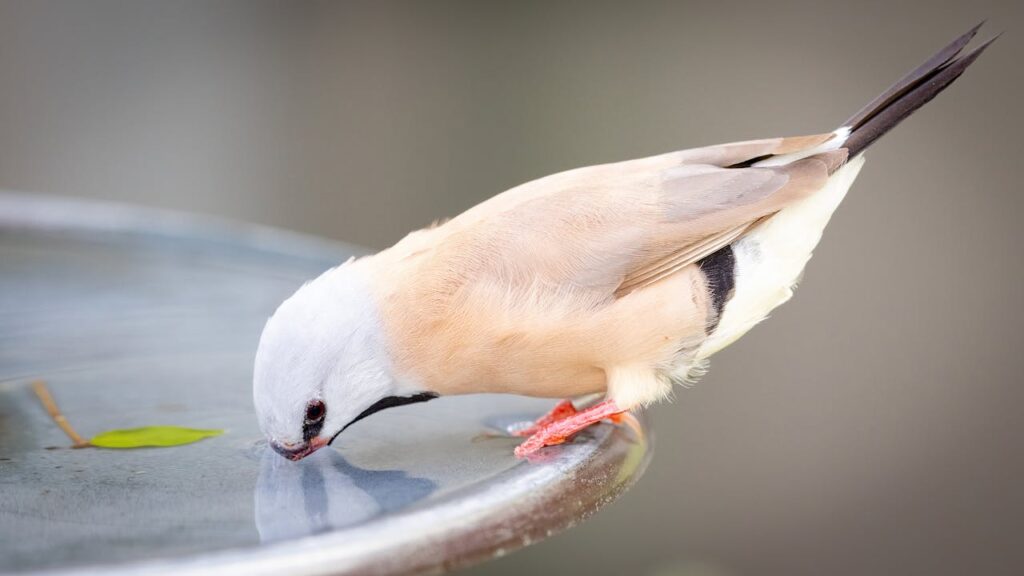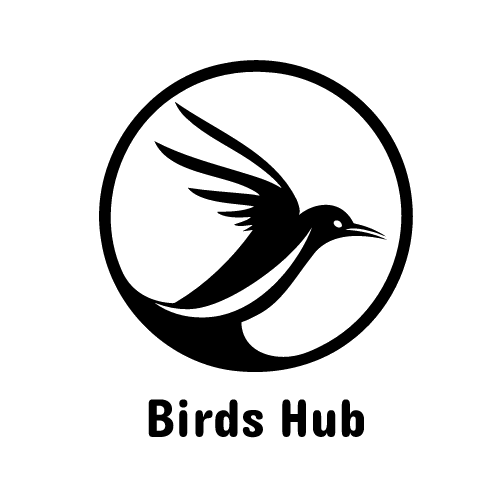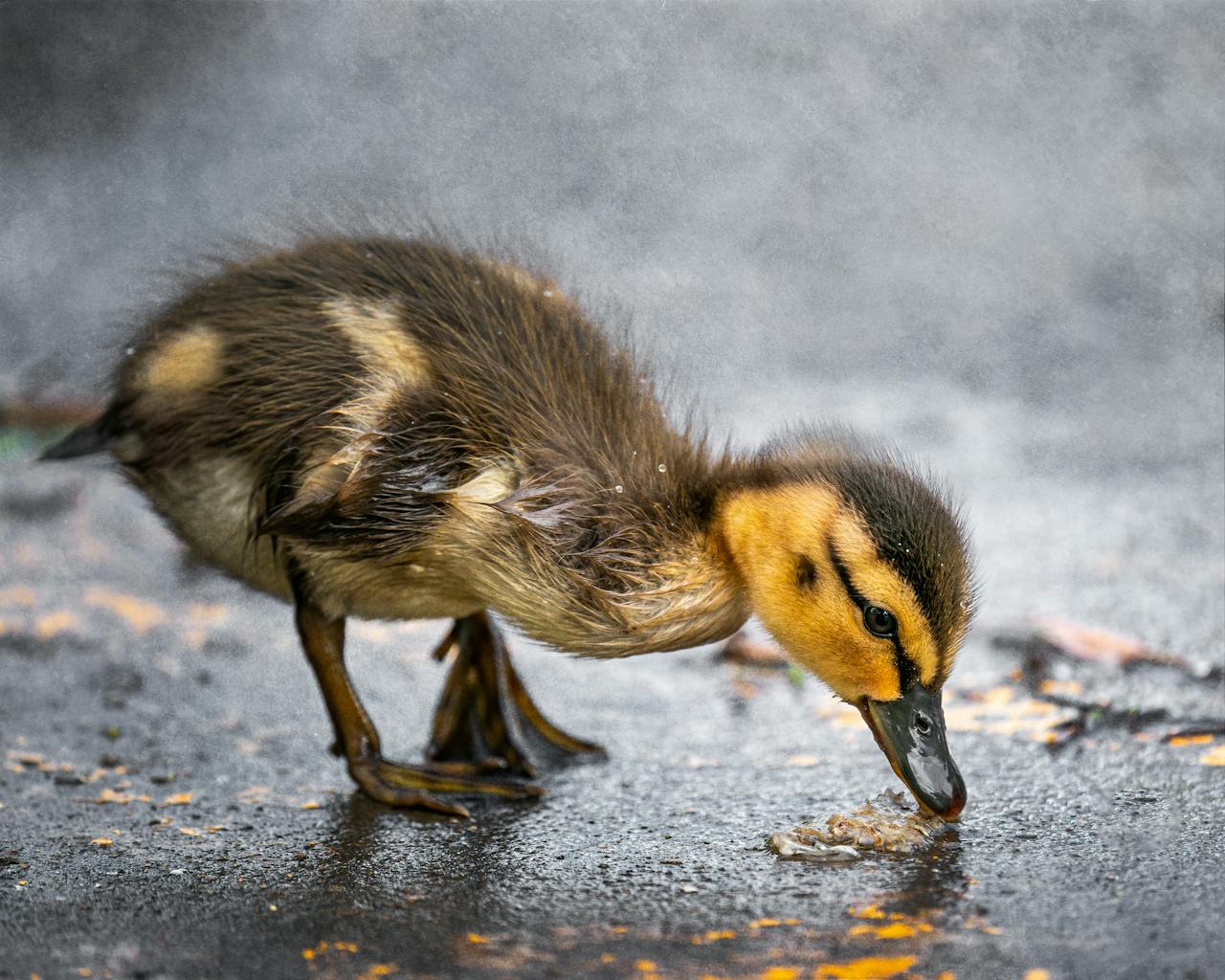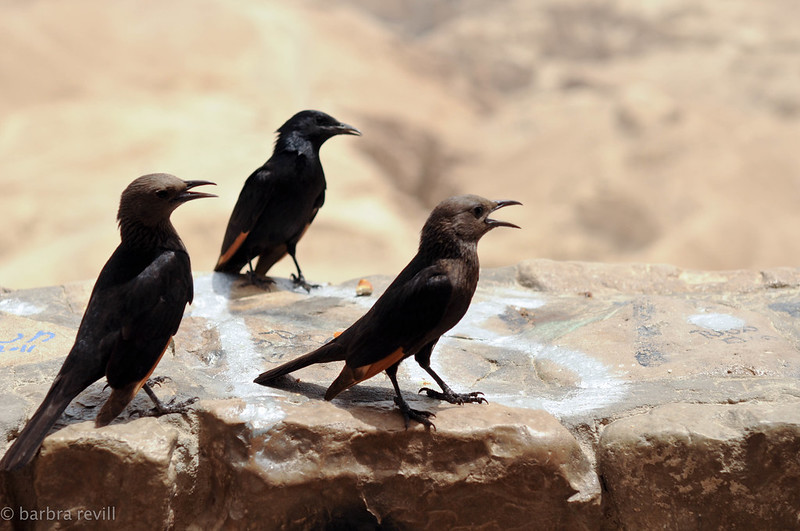Absolutely! Water is essential for birds as they use it to carry out most bodily functions such as digestion, removal of waste, and regulate body temperature. Birds, like any other animal, get thirsty as well and drinking water becomes essential when its hot in the weather or dry outside. In the areas where we might lack natural sound water, birds commonly rely upon the humans for there water sources. Water is essential for their survival, as even slight dehydration can impair a bird’s ability to hunt, fly and control body temperature. Birds are much more likely to become dehydrated in hotter weather or seasons, so water access must be regular.
Birds have high respiratory water loss rates and some birds require more water than others, depending of their diet. Seed-eating birds, to take one example, may have to drink more often because their diet is water-down compared to the greater fluid-content foods of fruit-eaters or insectivores. Providing fresh water sources will be valuable for the birds in your local area, particularly when the weather is dry.
How Do Pigeons Drink?
Based on their anatomy and habitats, birds have evolved different drinking mechanisms. Many birds, such as pigeons, can drink in a way that is unique to them called “suction drinking.” While most birds use a scooping and tilting motion to drink, pigeons and doves are able to partially submerge their beaks into the water and suck it up all in one continuous action in what is akin to straw-like drinking. This means they can drink quickly and efficiently without raising their heads, which is a beneficial trait for pigeons as they frequent busy urban settings.
Why Pigeons Drink Differently
It also means they can suck because of a special muscle structure and tongue that enable them to control water flow straight into their throats. This differs from most birds, who need gravity to aid the water down their throats and so must tip their heads back after taking a sip.
Robins and sparrows use a “sipping and tilting” technique. They fill their beaks with just a bit of water and then raise them quickly, letting gravity take care of the rest. This, a similar behavior to small birds that is best in their nature, only allows them to drink at the tiniest of portions.
How Do Birds Swallow?
Another unique process for birds is swallowing. Birds do not have a soft palate – the fleshy structure mammals use to regulate solids and liquids when swallowing. Instead, avians need to count on gravity and unique muscles of the throat to move meals and water down their esophagus. This is also the reason why nearly all birds tilt their head back after taking a sip of water. It enables the weight of water to pull downward through the throat, into and along the digestive tract.
How the Tongue and Throat Muscles Work
Therefore, it are tongues and throat muscles that aid birds in eating down food and drink into the stomach. They rhythmically move their tongues and contract their throat muscles to guide the water down when they drink. Additionally, birds possess a unique muscle structure for managing food and water intake; even those with tougher seeds to penetrate.
This is an effective process, of course, but assumes the birds are standing up and can take a proper drink. Because birds are unable to drink lying down they always stand upright when drinking, meaning they rely on shallow watering holes that can be accessed from a perch or other environmental features.
What to Offer Birds for a Drink: Attracting Birds with Water

A backyard filled with accessible water sources will attract local as well as migratory birds, thus why setting up your space for the feathered friends is important. Following are a few common ways to entice birds and have them come to drink regularly:
Use a Bird Bath
Bird bath is a great source to keep birds hydrated. Select one that is shallow as birds usually use water no deeper than a few inches. For those too deep, add some stones or pebbles so smaller birds can have land to perch on. Additionally, bird baths provide a bathing area, which is necessary for maintaining clean and bug-free feathers.
Keep Water Fresh
Switch out the water every day to avoid the bacteria from building up and hurting birds. Standing water is a potential breeding ground for mosquitoes and algae, which may keep birds away from visiting. One of the best ways to encourage birds to come back is by providing them with a clean bird bath that offers fresh, healthy water.
Add Movement to the Water
Manipulation: Birds are drawn to moving water as a signal of freshness. To make your water source more attractive to birds, you can add a bubbler or dripper, and even small fountains. If you want them to be able to move around without bringing the electric in, then a solar-powered bird bath fountain is an eco-friendly alternative.
Provide Water in Different Locations
Consider a shallow water dish in other areas of your garden (besides the central bird bath). Here we cater for the different needs of our avian visitors where some species might like it more private and quiet, whereas others will prefer an open area with a view.
Add Stones or Perches
By placing stones or pebbles in your water source, you can provide a resting spot for birds — this is particularly useful for small species. Stable perches and a sense of safety increase the likelihood a bird will drink, particularly smaller or less agile species.
Vary the height of your water
Provide water at varied levels for different types of birds. Water sources at ground level are attractive to ground-feeding birds such as doves, while higher water places on a platform or elevated bird bath can attract songbirds, sparrows and other perching birds.
What is the Best Position to Place Water for Birds?
Location matters for your water sources when encouraging birds (and keeping them safe). This is where you want to target the water for best results:
Below some shrubs or bushes to seek cover
Position water sources close to bushes, trees or tall shrubs. Birds like drinking where they feel safe and can quickly reach cover. The proximity of vegetation enables them to conceal themselves upon foreshadowing any predators and makes them more willing to approach the water confidently.
Away from Potential Predators
Place water far from any possible hiding places for predators such as dense shrubs or bushes where a cat could be waiting. You want to put water where it is open to sight (ideally) but close enough to cover that birds feel secure about drinking or bathing.
In Partial Shade
Birds enjoy a refreshing place to drink cool water when it is hot, so if you can practice this step, placing your water source in partial shade makes it cooler. It eventually achieves this when there is no sunlight, which then plays a major part in inhibiting algae growth, so you will not have to clean the aquarium as often to provide your pet with a fresh water source.
Provide Water at Different Levels
To attract a variety of avian life, offer water at multiple elevations. Ground-level water sources are preferred by larger birds such as doves, and bird baths that are placed high above ground appeal to smaller songbirds. The variety also makes birds more secure as they can drink from a height that feels safe to them.
Close to Feeding Stations
If you have a bird feeder, having water nearby means they can find both in the same place and it is easy for them to get there. Just remember to keep the water source a little more separate so that food doesn’t fall into it easily, because leftover seeds will quickly make the water dirty.
More Tips for Maintaining Bird-Friendly Water
Maintain Cleanliness: Use a soft brush to scrubbing bird baths and water bowls at least weekly. Do not apply soaps or other chemicals as these can be toxic to birds. Just scrub and rinse with water.
Have Winter Water: If you live in a colder climate, consider getting a heated bird bath for the winter. Warm water in the winter is particularly important to birds, and keeping a bird bath filled with unfrozen water — heated — whatever your weather may be each season of the year will keep them from needing to do without.
Vary the Area with Nature: Putting down stones, tiny twigs or foliage near the bird bath promotes a more organic scene that calls birds in readily. Water sources that mimic their natural habitats are a sure attraction to birds.




Leave a Reply